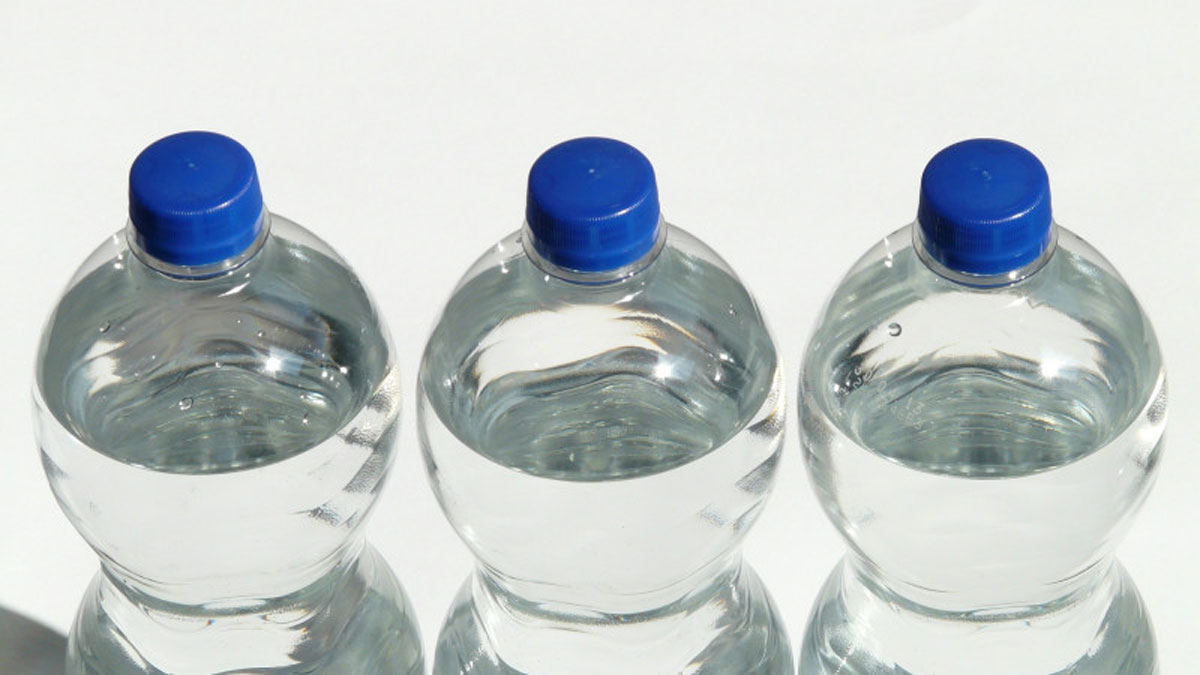Flight attendant Arina Bloom, who has worked in aviation for two years, shared a trick to pass airport security while carrying liquids over 100 milliliters.
In an interview with Insider, the flight attendant said that it is possible to deceive the airport screening system by first freezing liquids for carrying hand luggage. This means you won’t have to pay for water bottles on the plane and you can take your favorite skin care product in a large bottle with you.
“If you have an important liquid with a volume of more than 100 milliliters, and you do not want to put it in your luggage, you should try to freeze it so that it passes through the security scanner as a solid body. At the moment, x-rays are not able to identify and capture frozen liquids. Even if it melts a little on the way to the airport, this should not be a problem if it is stored correctly,” the girl shared her advice.
It sounds too good to be true, and no one wants to lose their important things taken from them by security. One can only imagine the angry faces of the airport staff!
However, the official transport regulations do not contradict the freezing of liquids. According to the official protocols of the customs services of different countries, two-liter bottles of water can be carried through the security service, but only if they are completely frozen. However, keep in mind that if you try this life hack, you do it at your peril and risk.
In addition, some European airport regulations state that ice packs are not allowed, except when necessary for medical treatment. So make sure you are ready to lose your precious liquid if you try this hack. Exceptions to the rule for carrying liquids in Europe are baby food or baby milk, special diet foods, or medicines.
However, there is not much time left to use this life hack, as European airports are set to quickly abandon the “rule of 100 milliliters”. The airports of the world’s major cities are seeking to change or eliminate these restrictions. Brand-new X-ray CT scanners can already take high-resolution 3D images of luggage. This allows security personnel to more thoroughly analyze the contents of bags, eliminating the need to remove bottles and cans from suitcases, the publication concludes.

